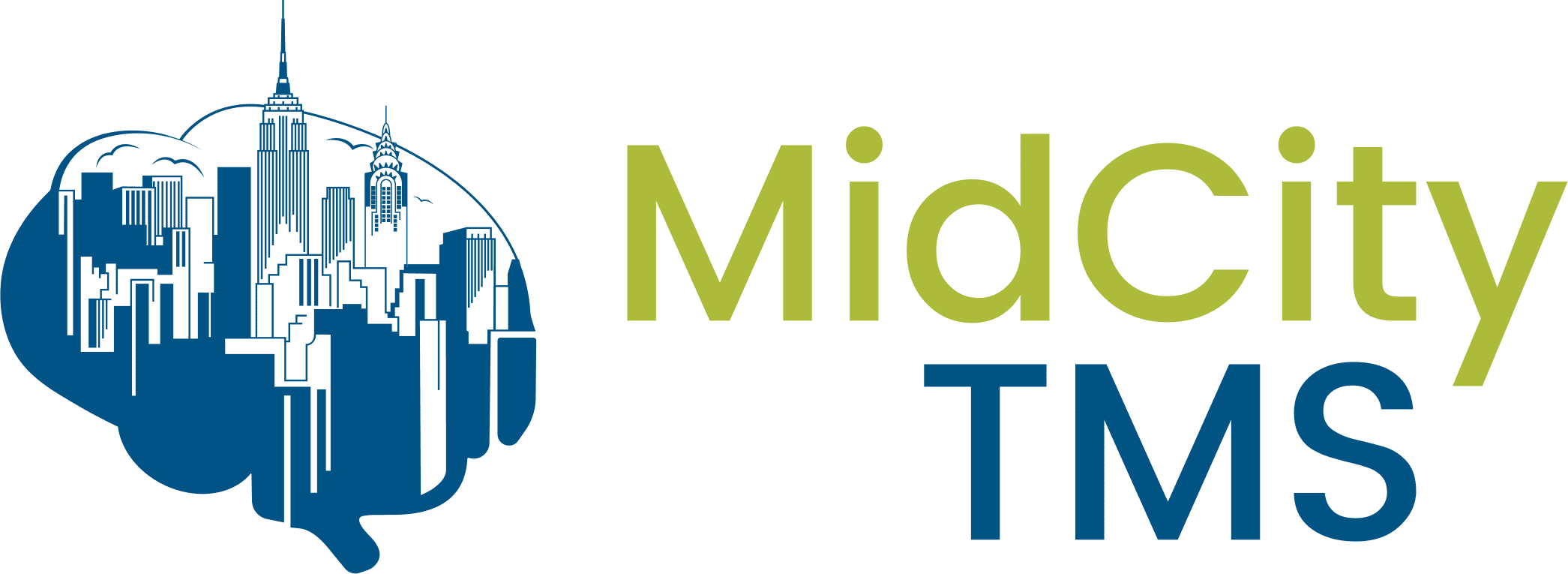What Is TMS?
Transcranial magnetic stimulation (TMS) is one of the most effective procedures available for depression. It uses magnetic pulses to activate specific areas of your brain where low activity causes depression. TMS is an effective, safe, nonconvulsive, and noninvasive brain stimulation that has been in use since 1985 and has been approved by the Food and Drug Administration (FDA) since 2008.
Major depression is largely the result of dysregulation in the brain, particularly in the outer layer of the cerebrum. Located at the front of the skull, the cerebrum is split into two distinct hemispheres–the right and left. Depression is associated with reduced activity in the patient’s left dorsolateral prefrontal cortex (DLPFC) and often increased activity in their right DLPFC.
The defining principle behind all TMS treatment is that non-convulsive, non-invasive magnetic stimulation can be used to treat depression by enhancing and normalizing brain functioning. High- and low-frequency transcranial magnetic stimulation reverses the effects of under and over excitability.
If you are suffering from major depressive disorder or depression that has so far been resistant to other treatments, read on for more about the TMS New York services.
Unilateral & Bilateral TMS
Unilateral TMS uses high-frequency stimulation (10 Hz) pulses to increase reduced excitability in the Left DLPFC. We also offer Bilateral TMS, which uses low-frequency stimulation (1 HZ) pulses to lower overexcitability in the Right DLPFC in addition to high-frequency (10 Hz) pulses to increase reduced excitability in the Left DLPFC.
Bilateral TMS uses the same electromagnetic coil technology as unilateral TMS, but it expands its benefits by targeting both the patient’s left and right DLPFC. Bilateral TMS normalizes the under and over excitability in each hemisphere respectively.
Bilateral TMS’ ability to regularize both of the brain’s hemispheres is particularly helpful in patients with substantial anxiety as a component of their depression. Additionally, we often recommend bilateral TMS for patients who do not respond after about 15 unilateral TMS sessions.






